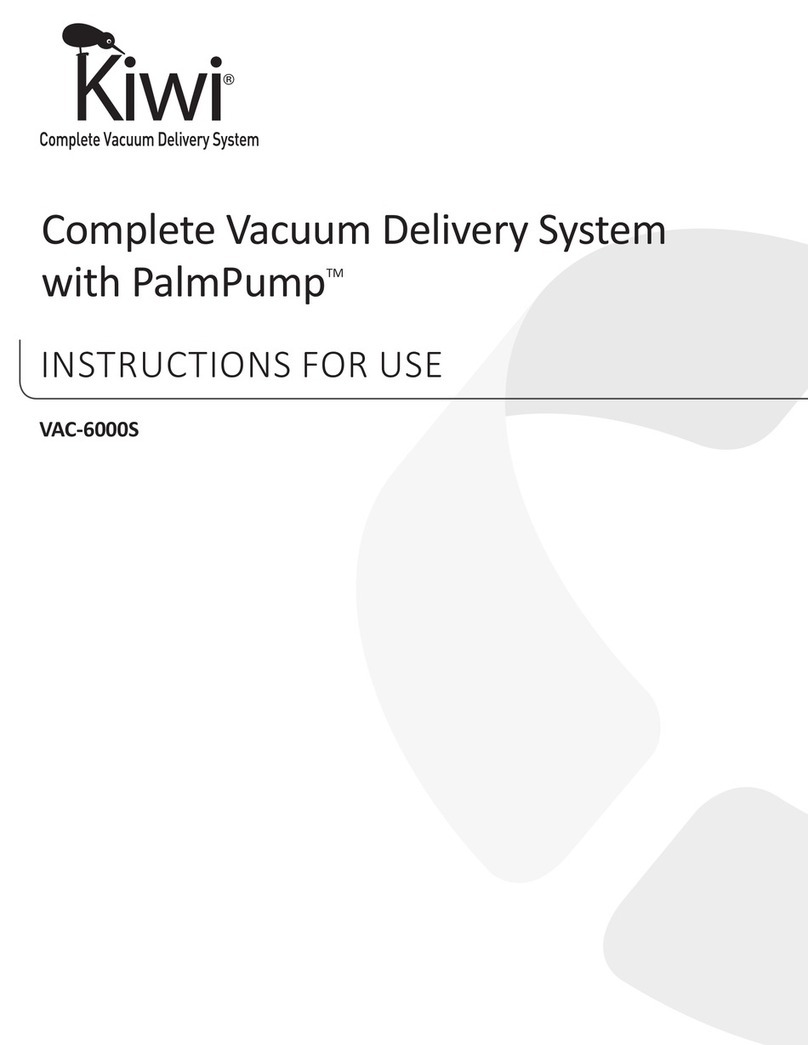
3
2) Unengaged presenng part, 3) All non-vertex presentaons (breech, face, brow,
transverse lie), 4) Non-ruptured membranes, 5) Incomplete cervical dilaon and
eacement, 6) Extreme prematurity, 7) Known fetal coagulopathies.
Precauons
ACOG Technical Bullen #154 Nov. 2015: “As with forceps procedures, there should
be a willingness to abandon aempts at vacuum delivery if sasfactory progress is
not made.”
Addional condions for close observaons:
1) Gestaonal age less than 37 weeks or esmated fetal weight (EFW) less than
2500 grams, 2) Previous scalp sampling, 3) Scalp damage, 4) Failure
of eorts during prolonged period aer properly assessed placement,
5) Delivery requiring unusual amounts of tracon, 6) Suspected macrosomia.
Adverse Events
Fetal Injuries: cephalhematoma, subdural, subgaleal, intraventricular, or
parenchymal hematoma, subconjuncval, intracranial, or renal hemorrhage, nerve
injuries, subjecve jaundice, elevated bilirubin, bruises, contusions, laceraons,
fractures.
Maternal Injuries: So ssue injuries, episiotomy extensions.
Warnings
Limit use to trained, experienced, or supervised operators. Inseron should
be performed carefully, using asepc technique. Forced inseron may result in
malfuncon, paent discomfort, or paent/fetal trauma.
Never apply cup to any poron of infant’s face or exceed
recommended vacuum level, me limits, or cup “pop-o”
applicaons.




























